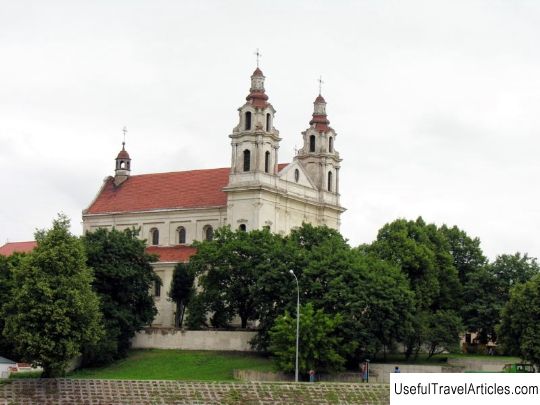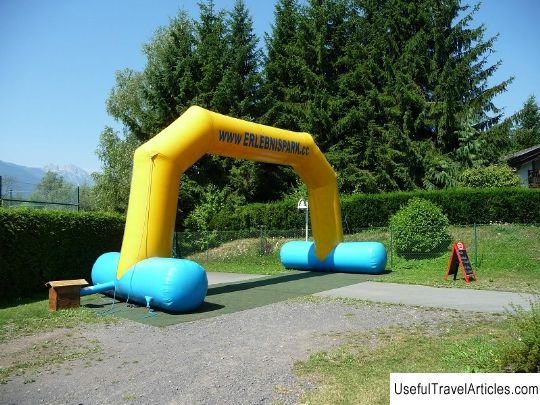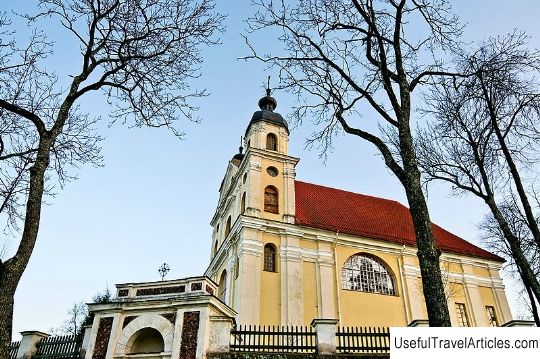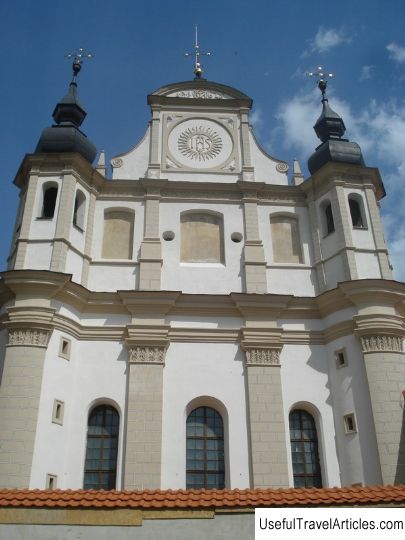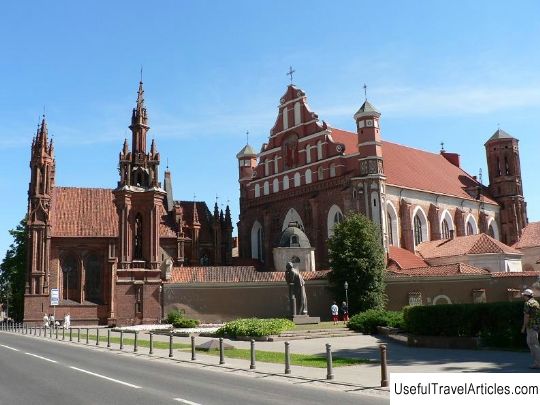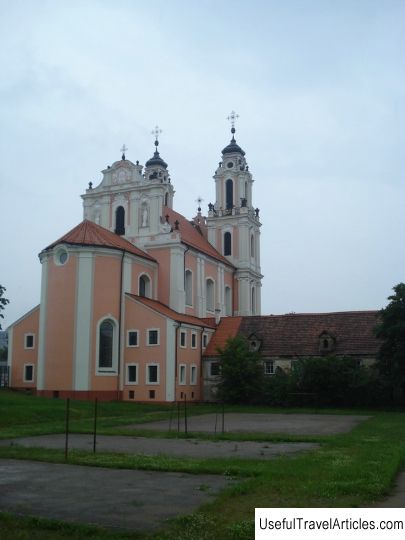Church of St. Archangel Raphael (Arkangelo Rapolo baznycia) description and photos - Lithuania: Vilnius
Rating: 8,4/10 (800 votes) Church of St. Archangel Raphael (Arkangelo Rapolo baznycia) description and photos - Lithuania: Vilnius. Detailed information about the attraction. Description, photographs and a map showing the nearest significant objects. The name in English is Arkangelo Rapolo baznycia. Photo and descriptionOn Snipishki, a district of Vilnius, located on the right bank of the Villy River, there rises a majestic and austere Church of St. Archangel Raphael. In general, the architecture of the temple belongs to the Baroque style, however, the altar and towers, towering on both sides of the building, reflect the architectural transition between the Baroque and Rococo. The church was built between 1702 and 1709 by the famous Lithuanian philanthropist Nicholas Kosiceas with the financial support of the governor Kazimir Sapega and hetman Mikhail Radziwill. It was originally intended for the Jesuits. In 1740 the Jesuits decided to establish a Jesuit monastery at the church, which operated until 1773, until the abolition of the Jesuit order. For more than twenty years, the monastery became the property of PRs. In 1792, PRs sold the temple to the tsarist government. By a government order, barracks were set up in the buildings of the monastery and in the church itself. In 1812, Vilnius was occupied by Napoleon, who also did not spare the remarkable architectural heritage and began to use the church as an armory. The damage from the stay of the French warehouses was significant for the building of the temple and its interior. The temple was empty until 1824, when it was restored and became a parish church. The calm did not last long. Still not recovering from the destructive invasion of the French, the building was subjected to new tests. In 1832, a Russian military warehouse was placed in it. In 1860, the temple was again returned to believers. He became a parish. After that, the temple was no longer closed. Nowadays, the Roman Catholic Church of St. Archangel Raphael is a functioning church. It reads services in Lithuanian and Polish. In 1975, the church was returned to its former appearance, through a complete restoration of the exterior and interior. Today, everyone can join history, visit this remarkable architectural monument and see it in all its strict grandeur. The building of the temple is rectangular, on the front side, on the sides of the temple, there are two towers, which are in an ensemble with a triangular pediment itself the buildings in the middle look like a crown on it. On the second tier, in niches located on the sides of the large central window above the portal, there are plaster sculptures of the Archangel Raphael and Joseph Kalasantius, the founder and progenitor of the PR order. In 1752 the architect Jan Valent Diederstein, presumably, together with Jan Nezemkovsky, they built two more tiers of towers - the third and fourth. The graceful composition of both towers with columns, subtly curved cornices, gives the facade an aura of grace and splendor. The architectural forms of both towers of the temple clearly show the transition from the Baroque style to the Rococo style. Complicated helmets are not entirely typical of the Baroque. The side fronts have a restrained and austere look. At the top of the pediment in the back of the church there is a small turret that perfectly complements the overall ensemble. The walls of the church are white-stone, as are the walls of the buildings of the adjacent monastery. The roofs of all these buildings, including the church itself, are painted red. The interior of the church is notable primarily for a large altar with many columns installed on high pedestals. and many wonderful sculptures. All this magnificent decoration is topped by a large painting, by the famous Polish artist, depicting the Archangel Raphael. The paintings are framed with golden frames. Columns and sculptures are white. The bases and tops of the columns are golden. All sculptural figures have wings, also painted in the color of gold. The candelabra hanging from the arched ceiling are also white and gold. This simple combination of white and gold gives the church a unique austere grandeur, from which it emanates purity and purity.        Topic: Church of St. Archangel Raphael (Arkangelo Rapolo baznycia) description and photos - Lithuania: Vilnius. |
